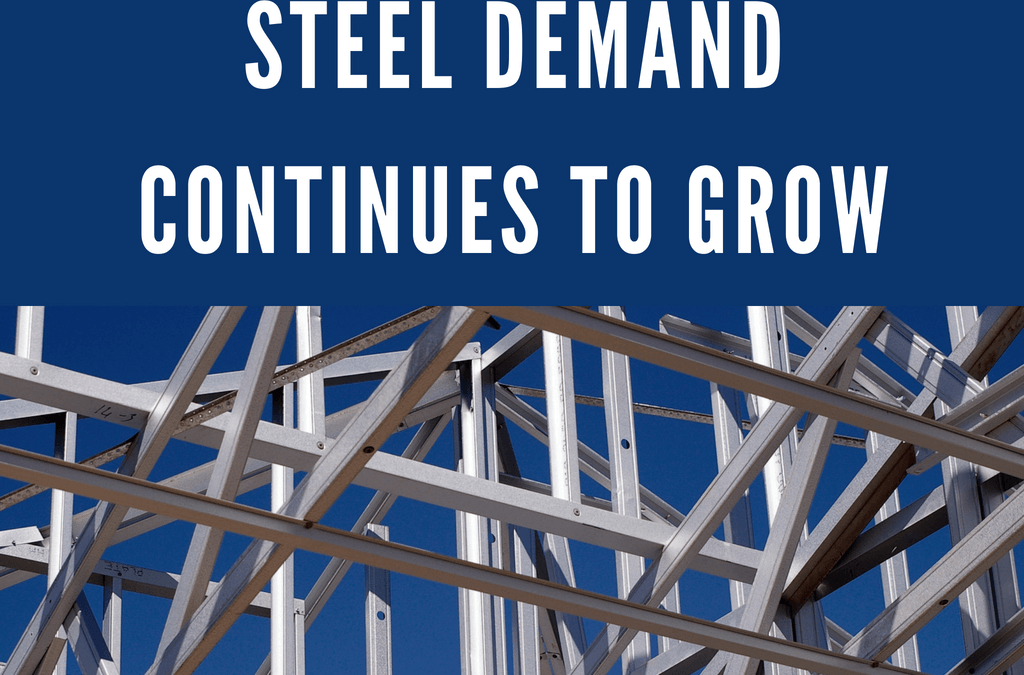Although “coal” may seem like a dirty word these days, what many might not realize is how closely related coal and steel are. And, considering the fact that the global steel demand is expected to reach 1.616 billion tonnes in 2018 alone, it seems like an obvious conclusion to say that the world isn’t quite prepared to totally move away from coal as a resource just yet.
Steel, which requires coking coal in the manufacturing process, and thus serves a different purpose than thermal coal, remains the second largest economy in the world. Currently, the steel industry is valued around $900 billion a year, and because of its reach as an industry is seen as an overall indicator of the world’s economic health, according to Reuters.
Given that the global demand for steel continues to rise, Reuters views this as a positive movement. Of course, the market could be impacted by new trade tariffs and resulting tension, but if all goes according to plan, the demand for steel should grow 1.8% this year, and 0.7% in 2019. The World Steel Association (Worldsteel) had initially expected a growth rate of 1.6% in 2018, but it has since risen even higher.
Even if the steel demand in China remains stagnant at 736.8 million tonnes for the rest of the year, and dips down to 722.1 million in 2019, Worldsteel remains unconcerned about the potential lull. Since the Chinese government is moving away from investment-led to consumption-led growth, this is actually be expected, and will in all likelihood again resume high consumption rates in the future.
In the mean time, Worldsteel is eyeing India to pick up China’s slack. Already, India is the third-largest steel consumer, and has also surpassed their growth forecast of 4.4% up to 5.5%. 2019 might even see India reach a steel demand growth of 6% which will only mean good things for the industry on a whole.
Aside from China and India, Africa and Central and South America are all also expected to grow in their steel demands—up to 6.2%, in Central America’s case. This is considerable progress after this region declined demand back in 2016. Africa’s steel demand also made a sharp turnaround, moving from a 6.8% demand decrease to a positive 4.5% growth.
On a whole, Worldsteel sees a bright future for the steel industry and given the fact that to produce 1 tonne of steel requires approximately 800kg of coking coal, its seems the coal industry, or parts of it, also has a bright future.
